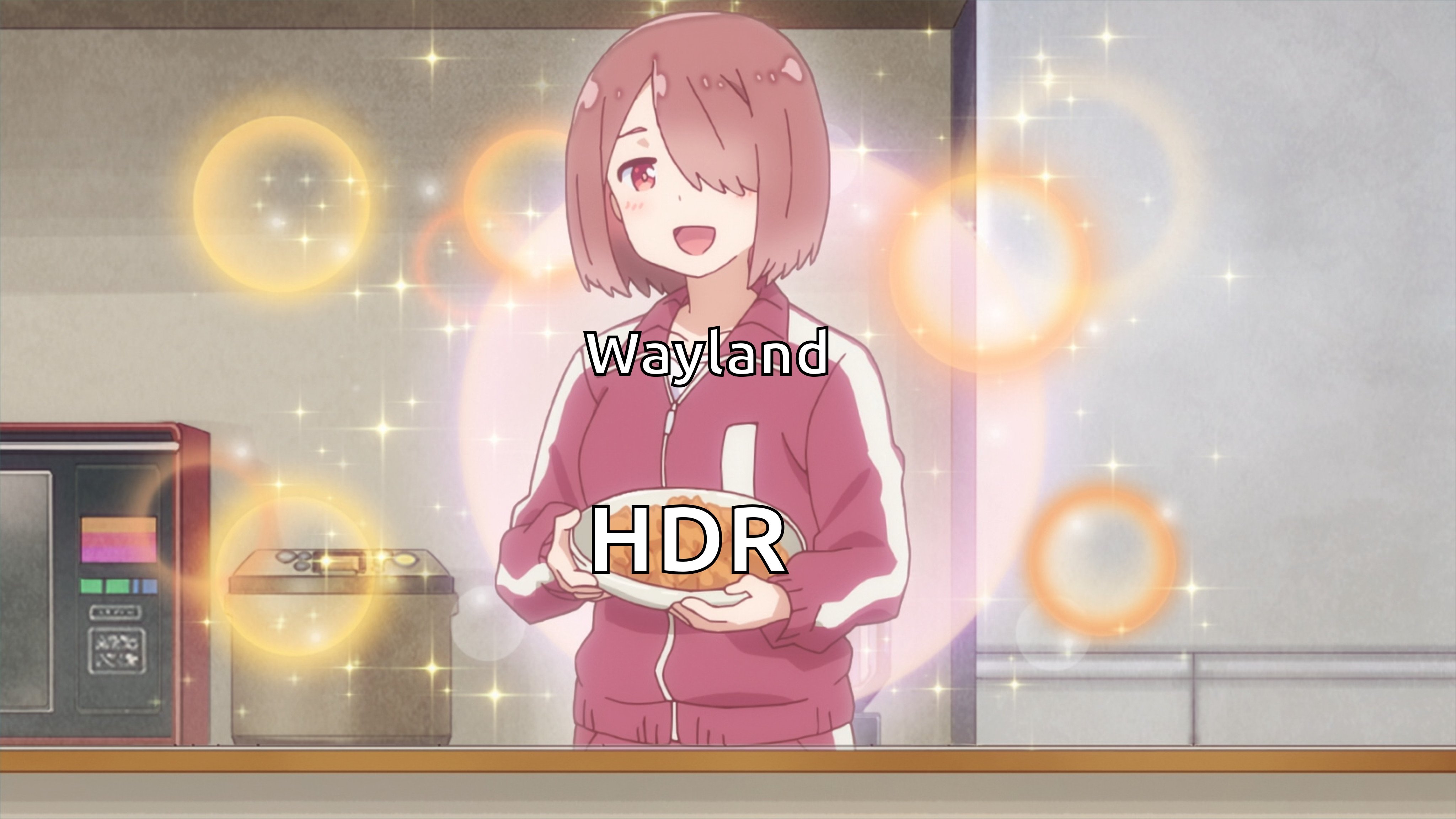this post was submitted on 10 Apr 2024
5 points (100.0% liked)
linuxmemes
21698 readers
1494 users here now
Hint: :q!
Sister communities:
Community rules (click to expand)
1. Follow the site-wide rules
- Instance-wide TOS: https://legal.lemmy.world/tos/
- Lemmy code of conduct: https://join-lemmy.org/docs/code_of_conduct.html
2. Be civil
- Understand the difference between a joke and an insult.
- Do not harrass or attack members of the community for any reason.
- Leave remarks of "peasantry" to the PCMR community. If you dislike an OS/service/application, attack the thing you dislike, not the individuals who use it. Some people may not have a choice.
- Bigotry will not be tolerated.
- These rules are somewhat loosened when the subject is a public figure. Still, do not attack their person or incite harrassment.
3. Post Linux-related content
- Including Unix and BSD.
- Non-Linux content is acceptable as long as it makes a reference to Linux. For example, the poorly made mockery of
sudoin Windows. - No porn. Even if you watch it on a Linux machine.
4. No recent reposts
- Everybody uses Arch btw, can't quit Vim, <loves/tolerates/hates> systemd, and wants to interject for a moment. You can stop now.
Please report posts and comments that break these rules!
Important: never execute code or follow advice that you don't understand or can't verify, especially here. The word of the day is credibility. This is a meme community -- even the most helpful comments might just be shitposts that can damage your system. Be aware, be smart, don't fork-bomb your computer.
founded 2 years ago
MODERATORS
you are viewing a single comment's thread
view the rest of the comments
view the rest of the comments

It isn't, it's just that marketing is really bad at displaying what HDR is about.
HDR means each color channel that used 8 bits can now use 10 bits, sometimes more. That means an increase of 256 shades per channel to 1024, allowing a higher range of shades to be displayed in the same picture, and avoiding the color banding problem:
Thank you.
I assume HDR has to be explicitly encoded into images (and moving images) then to have true HDR, otherwise it's just upsampled? If that's the case, I'm also assuming most media out there is not encoded with HDR, and further if that's correct, does it really make a difference? I'm assuming upsampling means inferring new values and probably using gaussian, dithering, or some other method.
Somewhat related, my current screens support 4k, but when watching a 4k video at 60fps side by side on a screen at 4k resolution and another 1080p resolution, no difference could be seen. It wouldn't surprise me if that were the same with HDR, but I might be wrong.
Anti Commercial AI thingy
CC BY-NC-SA 4.0Inserted with a keystroke running this script on linux with X11
:::
yes, from the capture (camera) all the way to distribution the content has to preserve the HDR bit depth. Some content on YouTube is in HDR (that is noted in the quality settings along with 1080p, etc), but the option only shows if both the content is HDR and the device playing it has HDR capabilities.
Regarding streaming, there is already a lot of HDR content out there, especially newer shows. But stupid DRM has always pushed us to alternative sources when it comes to playback quality on Linux anyway.
If you're not seeing difference of 4K and 1080p though, even up close, maybe your media isn't really 4k. I find the difference to be quite noticeable.
Ah, that's what I thought. Thanks.
I tried with the most known test video Big Buck Bunny. Their website is now down and the internet archive has it, but I did the test back when it was up. Also found a few 4k videos on youtube and elsewhere. Maybe me and the people I tested it with aren't sensitive to 4k video on 30-35 inch screens.
Anti Commercial AI thingy
CC BY-NC-SA 4.0Inserted with a keystroke running this script on linux with X11
:::